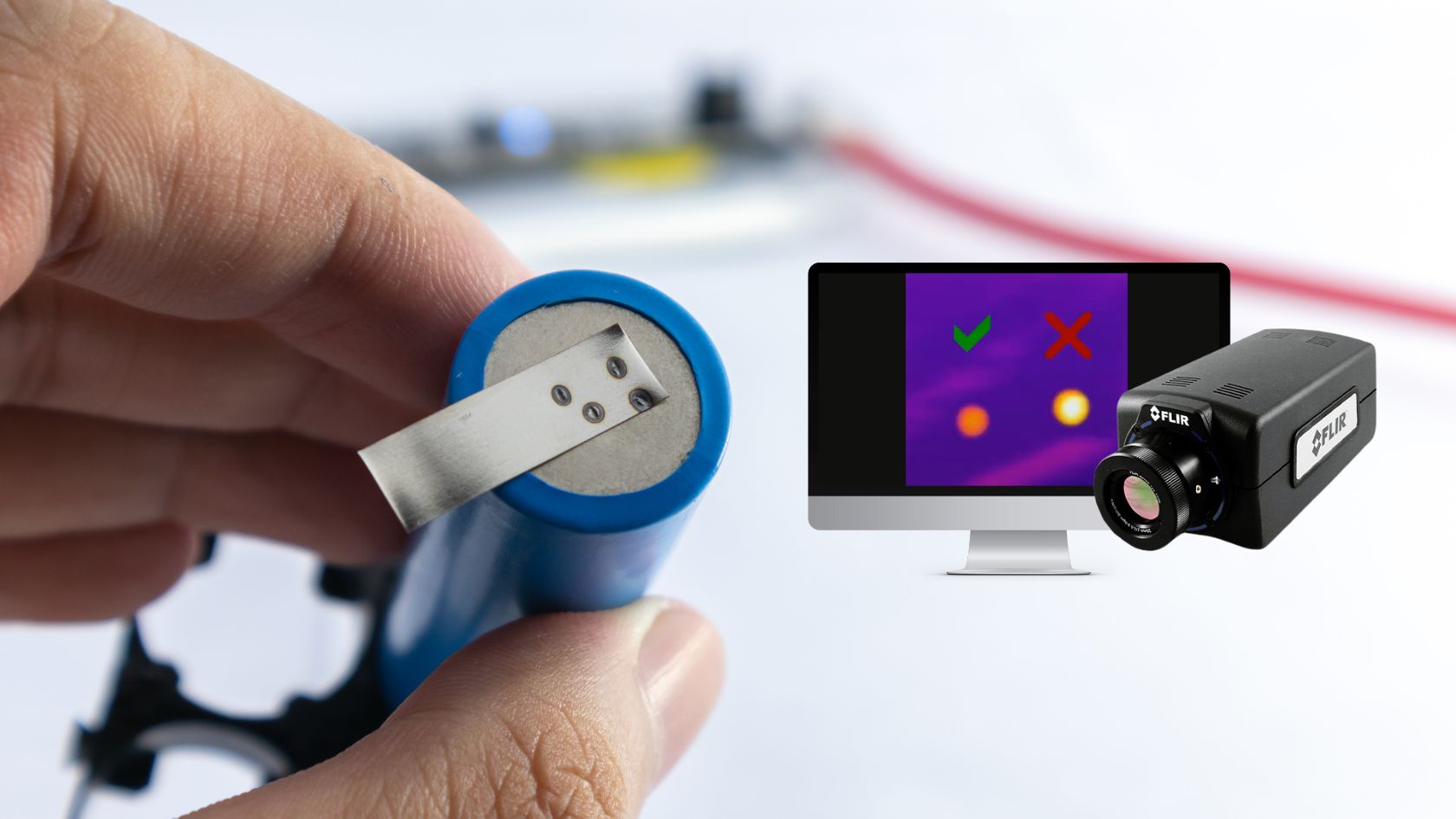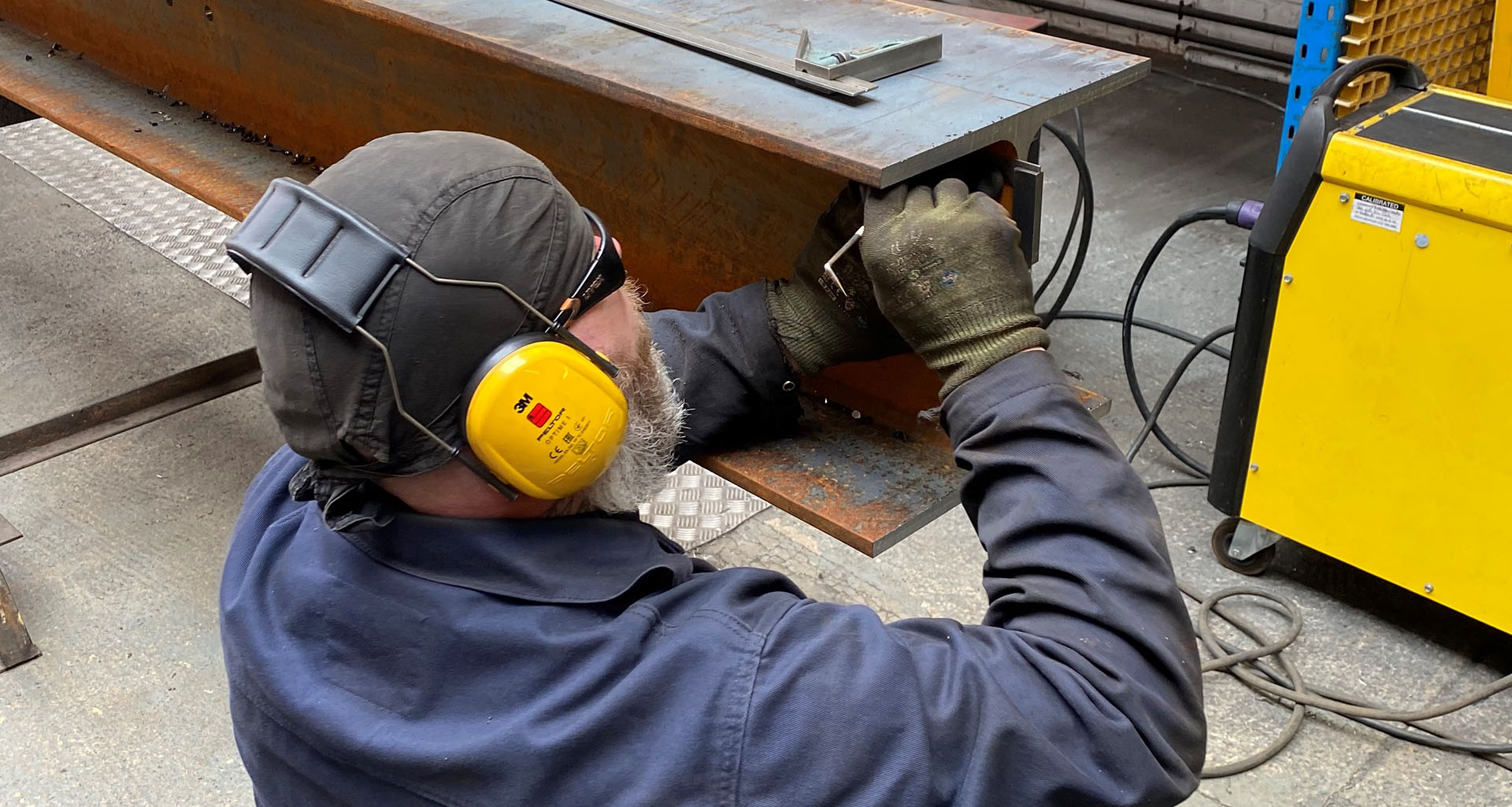How Welding Inspection Madison Ensures Quality and Safety in Fabrication
The Significance of Thorough Welding Inspection in Industrial Applications
In the realm of commercial applications, the relevance of thorough welding evaluation can not be overemphasized. It plays an important duty in making sure the structural stability and long life of bonded components. Advanced non-destructive testing strategies enable the early detection of possible flaws, such as cracks and insufficient combination, which, if left unchecked, can result in catastrophic failings. Adherence to strict sector standards not just guarantees high quality but likewise builds customer confidence. As we discover the multifaceted advantages of persistent welding examinations, one should take into consideration the broader ramifications on safety, dependability, and cost-effectiveness in commercial operations.
Enhancing Architectural Integrity
When it concerns welding inspection in commercial applications, enhancing structural stability is vital. The key objective of welding inspection is to ensure that the welds can bearing the expected anxieties and lots they will certainly run into in solution. This entails a comprehensive examination of the welds' measurements, positioning, and general quality, guaranteeing they meet the specified codes and criteria. Accurate assessment approaches, such as aesthetic evaluation, ultrasonic testing, and radiographic testing, are essential in identifying concerns that could endanger the structure's safety and functionality - Welding Inspection Madison.
The significance of maintaining architectural integrity in bonded frameworks can not be overstated. Inadequately carried out welds can result in catastrophic failings, resulting in pricey repair work, downtime, and even endangerment of human lives. Examiners play a critical function in the lifecycle of industrial elements, providing guarantee that the welding procedure provides the wanted strength and longevity.
Furthermore, progressed technologies, such as phased variety ultrasonic testing and digital radiography, deal enhanced abilities in identifying prospective weak points, permitting restorative procedures prior to issues intensify. By focusing on the integrity of welds via careful inspection, industries can make certain functional performance and extend the long life of their infrastructure.
Determining Welding Flaws
Recognizing welding defects is a vital facet of guaranteeing the security and dependability of bonded frameworks. These defects can compromise the integrity of the entire assembly and, if left unaddressed, may cause tragic failings. Usual welding issues consist of porosity, cracks, incomplete fusion, and undercutting. Each of these defects arises from details reasons, such as improper welding strategies, contamination, or inadequate heat control.

Proficient inspectors utilize both aesthetic examination and advanced non-destructive screening (NDT) approaches, such as ultrasonic or radiographic testing, to identify these defects. The timely recognition and correction of welding defects are critical to maintain the structural honesty and longevity of industrial elements.
Making Certain Compliance Specifications
Conformity with well-known criteria, such as those supplied by the American Welding Society (AWS) and the International Organization for Standardization (ISO), guarantees that welds meet minimal safety and security and high quality demands. These standards incorporate a vast range of standards, consisting of material specifications, welding treatments, and certification of welders.
Normal audits and evaluations are essential in validating compliance. Assessors should have an extensive understanding of the pertinent requirements and be experienced at utilizing numerous non-destructive testing (NDT) approaches to assess weld top quality. By making certain that welding methods line up with compliance criteria, firms minimize the danger of non-conformity, which can lead to lawful obligations and security risks.
In addition, maintaining compliance not only safeguards architectural honesty but likewise boosts a company's reputation in the market. Stakeholders and customers are much more likely to trust fund firms that regularly show a dedication to quality and safety with extensive conformity. Hence, guaranteeing conformity criteria is a crucial element in the effective application of welding in commercial applications.
Lowering Upkeep Costs

The application of sophisticated non-destructive testing (NDT) approaches, including ultrasonic, radiographic, and magnetic fragment assessments, enhances the capacity to discover subsurface flaws without jeopardizing the structural stability of components. By utilizing these techniques, markets can considerably expand the life span of their tools, decreasing downtime and the linked monetary worry of upkeep tasks.
Moreover, a robust welding evaluation routine supports the optimization of maintenance timetables, shifting from responsive to anticipating maintenance strategies. This positive approach not just cuts unanticipated failures yet also improves source allocation, making sure that upkeep efforts are focused and reliable. Inevitably, the investment in extensive welding examination is countered by the substantial cost savings recognized via decreased maintenance demands, contributing favorably to the total functional efficiency of industrial business.
Improving Security Actions
Although safety is a vital worry in commercial procedures, attaining optimal like it safety requirements needs a specialized concentrate on the top quality and integrity of bonded frameworks. Welding inspection plays an important duty in this context, as it makes certain that all links and joints fulfill stringent safety criteria. Comprehensive evaluations help identify Continued problems such as fractures, porosity, or incomplete fusion that could endanger architectural stability. Such flaws, if left unaddressed, present considerable risks, potentially leading to tragic failings.
To enhance safety actions, embracing advanced non-destructive screening (NDT) methods is important. Approaches like ultrasonic screening, radiographic testing, and magnetic fragment evaluation enable in-depth evaluation without harming the framework. These technologies make it possible for examiners to detect surprise defects early in the building and construction process, facilitating timely corrective actions. Furthermore, carrying out a robust quality assurance system that includes routine training for welders and examiners makes certain adherence to established security standards.
Last but not least, cultivating a culture of security within the company stresses the importance of complete welding inspections. Encouraging open communication and partnership amongst assessors, designers, and welders adds to a common dedication to safety and security quality. Welding Inspection Madison. In doing so, industries can protect their operations, safeguard workers, and preserve public trust fund

Conclusion
Comprehensive welding evaluation is vital in commercial applications, dramatically boosting architectural stability and integrity. By using innovative non-destructive screening techniques, prospective welding defects such as splits and insufficient blend are recognized early, ensuring conformity with market requirements and fostering customer count on. Rigorous assessments result in reduced upkeep expenses and contribute to a more secure working atmosphere. Inevitably, the thorough execution of welding examinations plays a critical function in keeping operational performance and security in commercial settings.
As we check out the Our site diverse benefits of attentive welding examinations, one have to think about the wider ramifications on safety and security, reliability, and cost-effectiveness in commercial operations.
The key objective of welding evaluation is to make certain that the welds are capable of bearing the anticipated tons and stresses they will certainly run into in solution. Efficient welding assessment plays an integral role in decreasing these expenses by ensuring the integrity and durability of welds, therefore mitigating the danger of premature failings.Thorough welding inspection is indispensable in industrial applications, significantly enhancing structural stability and integrity. Ultimately, the diligent execution of welding evaluations plays a crucial role in preserving operational effectiveness and security in commercial settings.